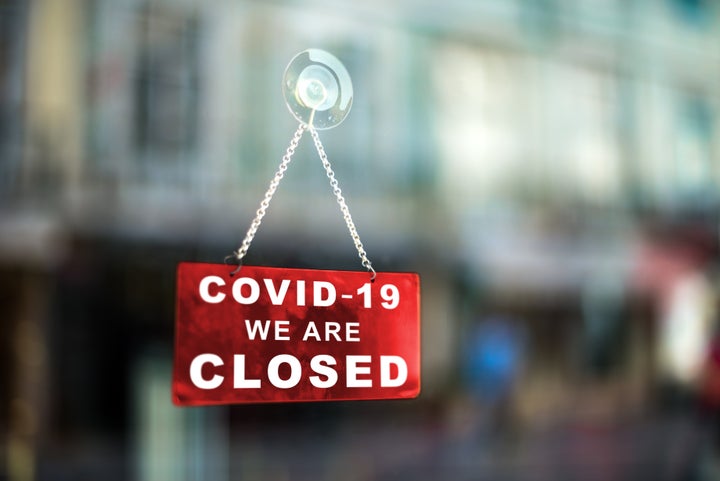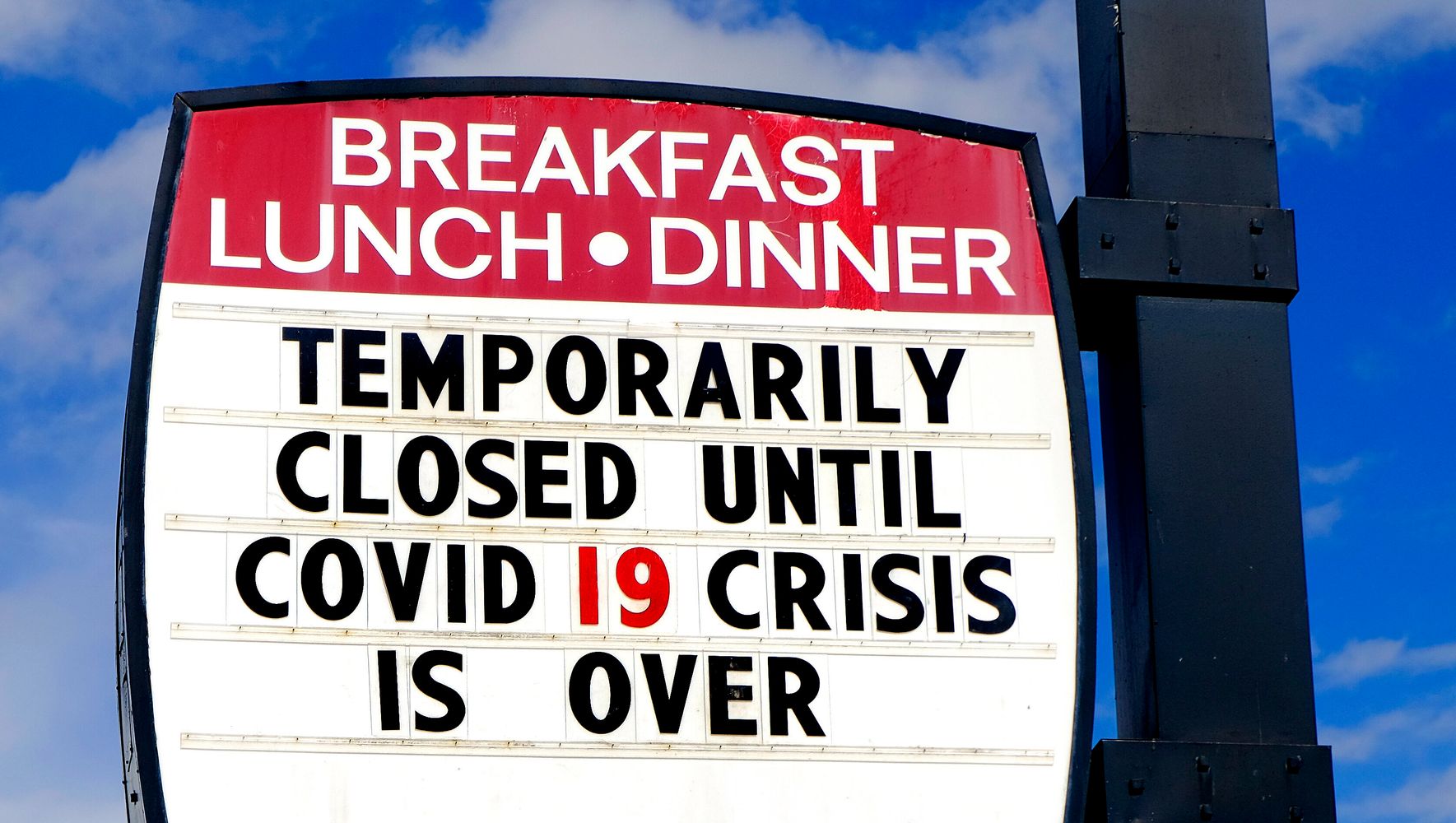Millions of jobless Americans have struggled to get unemployment benefits during the worst economic downturn since the Great Depression. But one group of workers likely had more luck navigating the overwhelmed state agencies administering those programs: union members.
A new study published by the Washington Center for Equitable Growth shows that members of unions are more than twice as likely to apply for unemployment benefits than workers who are not in unions. They are also nearly three times more likely to access those benefits, giving them a much better chance of weathering a recession and avoiding financial ruin.
The study attributes the different outcomes to the fact that unions make their members aware of such benefits and then help them access them. Many even have paid staff to help members navigate the safety net.
Meanwhile, workers without advocates are left to sift through Reddit boards trying to figure out why their claims have been denied.
To be sure, union workers have faced the same frustrations as nonunion workers during the pandemic, spending weeks and even months trying to get through to their state unemployment offices. But the data suggests a distinct union advantage at play, said report co-author Alexander Hertel-Fernandez, a political scientist at Columbia University.
“Unions have a culture of supporting their members, providing labor-market services and connections, and teaching workers about these things,” said Hertel-Fernandez, who wrote the report with Alix Gould-Werth. “Maybe you heard about how unemployment works because you’re talking to your shop steward. It could also de-stigmatize the experience of applying for benefits.”
The study also finds that union membership helps to close racial gaps in unemployment benefits. Among the nonunion workforce, white workers are 32% more likely to receive unemployment benefits than nonwhite workers. But among union workers, that disparity falls to 9%. The gap between education levels pretty much disappears.
The census data used for the study predated the COVID-19 recession, but the takeaways likely hold true during the pandemic. Many local unions have been running online workshops and discussions to help members figure out how to get their unemployment checks.

Renee Munholand works as a rigger in Washington state, hanging sound equipment, lighting and props for concerts and corporate events. Her work all but vanished once the pandemic took hold. She was able to secure unemployment benefits, but they haven’t been consistent all along. Her checks shrunk once the $600 weekly federal benefit expired (it was replaced with a $300 benefit), and she had to reapply for unemployment under the Pandemic Emergency Unemployment Compensation program.
To help figure out what she needs to do and how much money she can expect, Munholand has taken part in weekly Zoom calls hosted by her union, the International Alliance of Theatrical Stage Employees Local 15. The meetings mostly consist of members swapping stories about their experiences and trying to understand why some claims were successful and others weren’t. The local is based in Seattle, so the information pertains to Washington state.
“It was handy to have people on there. Like, ‘How come I didn’t get it?’” Munholand said. “I think it is very helpful.”
Even before the coronavirus shutdowns prompted millions of people to file unemployment claims, it was typical for call wait times at state workforce agencies to run two hours, according to a Government Accountability Office report that looked at claims in 2014 and 2015.
Over the past several decades, it’s gotten more difficult for layoff victims to get unemployment. Fewer than a quarter of unemployed workers received benefits from 2012 through 2016, down from nearly a third before the onset of the Great Recession in 2007, according to a recent Urban Institute analysis.
That’s partly because states have changed their laws to make benefits less generous, and workforce agencies increasingly cancel benefits for bureaucratic reasons, such as recipients failing to comply with requirements that they report their job contacts every week.
The study also finds that union membership helps to close racial gaps in unemployment benefits.
In the spring, millions of workers started filing claims every week ― an unprecedented surge of applications for which workforce agencies were woefully unprepared. At the same time, those agencies were also setting up brand new federal programs, including the extra $600 weekly payment and a separate benefit for previously ineligible workers without traditional payroll jobs, such as Uber drivers.
It took some states weeks and even months to start paying those benefits, and it was often impossible for workers to get someone on the phone for help with their claims.
Mark Ploucha of Holly, Michigan, was one of those workers. He filed a claim in May after getting furloughed from his job as an inspector for a company that applies tool coatings, but it was an epic struggle to actually get paid. In June, someone at the Michigan Unemployment Insurance Agency told him they were processing his claim and that he should continue to certify that he was still unemployed every two weeks. But when he tried to do that online, he couldn’t.
Ploucha reached out to his congressman, Rep. Dan Kildee (D-Mich.), and a staffer said they would add Ploucha’s name to a list of constituents that the congressional office would tell the agency to prioritize.
“When tens of millions of Americans suddenly lost their jobs due to the pandemic, state agencies were overwhelmed with unprecedented demand,” said Kildee, who sits on the House committee that oversees unemployment policy. “Outdated state computer systems and limited administrative capacity also added to payment delays.”
Two months after that, in August, the agency started paying Ploucha ― but it withheld the lump sum it owed for the missed weeks. Ploucha said the agency told him it had no record of its previous conversation with him.
“Whatever was done just vaporized,” Ploucha said.
Finally, at the end of September, Ploucha received the back benefits for the months he waited, amounting to more than $11,000. He believes he wouldn’t have received a dime if it hadn’t been for his savvy decision to bring political pressure on the state labor department.
When tens of millions of Americans suddenly lost their jobs due to the pandemic, state agencies were overwhelmed with unprecedented demand.
Rep. Dan Kildee (D-Mich.)
Bad unemployment systems benefit businesses in two ways. Employer payroll taxes fund state benefits; when more workers go on unemployment, those taxes can go up. And if workers miss out on benefits, they’ll have less income and be more desperate for another job and willing to take one with lower pay.
Paying out unemployment claims, in other words, puts upward pressure on wages in general.
That helps explain another finding of the Washington Center for Equitable Growth study. In surveys this spring, workers who believed they would secure unemployment benefits were about twice as likely to say they were willing to take part in a job action, such as a strike, to gain safer working conditions.
The authors said that finding suggests a “virtuous cycle” between access to unemployment benefits and membership in worker organizations: The security of the benefits make workers more confident in organizing, and the organizing makes workers more likely to get benefits.
Hertel-Fernandez said governments should consider providing grants to unions and worker centers to educate layoff victims outside their own membership on unemployment programs and how they work. That could increase the share of unemployed workers getting support, and help unions grow their depleted ranks.
Such an idea wouldn’t go far with the Trump White House. But it should pique the interest of any incoming Democrat whose administration would control workforce grants.
“For far too long, we’ve had the [unemployment insurance] conversation on one hand, and the union one on the other,” Hertel-Fernandez said. “Unions could be a really important way that people interact with the program.”
Calling all HuffPost superfans!
Sign up for membership to become a founding member and help shape HuffPost’s next chapter


